How to Prepare Your Tackle for Long-Range Fishing Charters
Long-range fishing charters offer anglers the opportunity to pursue trophy fish in deep offshore waters, often during multi-day expeditions. However, success on these ambitious journeys requires meticulous preparation, particularly when it comes to your fishing tackle. Unlike casual weekend fishing trips, long-range excursions demand equipment that can withstand harsh saltwater conditions while maintaining peak performance throughout the entire adventure. Proper tackle preparation can mean the difference between returning home with impressive catches or merely expensive memories. This comprehensive guide will walk you through everything you need to know about selecting, maintaining, and organizing your gear for an unforgettable long-range fishing experience.
Understanding the Demands of Long-Range Fishing

Long-range fishing charters typically venture far offshore, sometimes traveling hundreds of miles from land in pursuit of trophy species like tuna, wahoo, dorado, and billfish. These extended trips often last between 3-15 days, subjecting your equipment to prolonged exposure to saltwater, sun, and heavy use. The target species on these expeditions are typically larger and more powerful than those encountered on day trips, requiring sturdier tackle that can handle the fight. Additionally, since you’ll be far from shore, replacement options are limited or nonexistent, making reliability and redundancy critical considerations. Understanding these unique challenges is essential for properly preparing your tackle box and ensuring you’re equipped for success regardless of what conditions you encounter.
Selecting the Right Rods for Long-Range Trips

When choosing fishing rods for long-range expeditions, versatility and durability should be your primary considerations. Most anglers bring 3-4 rods to cover various fishing scenarios, including a heavy conventional rod (50-80 pound class) for large tuna and billfish, a medium rod (30-40 pound class) for yellowtail and dorado, and a lighter rod (20-30 pound class) for smaller game fish. Travel-friendly multi-piece rods have become increasingly popular as they pack easily while maintaining the strength needed for battling large pelagic species. Carbon fiber composite rods offer an excellent balance of sensitivity, strength, and weight, making them ideal for extended fishing sessions. Before departing, inspect each rod thoroughly for cracks, loose guides, or damaged tip sections, as these issues can lead to catastrophic failures when fighting trophy fish.
Choosing and Maintaining Proper Reels
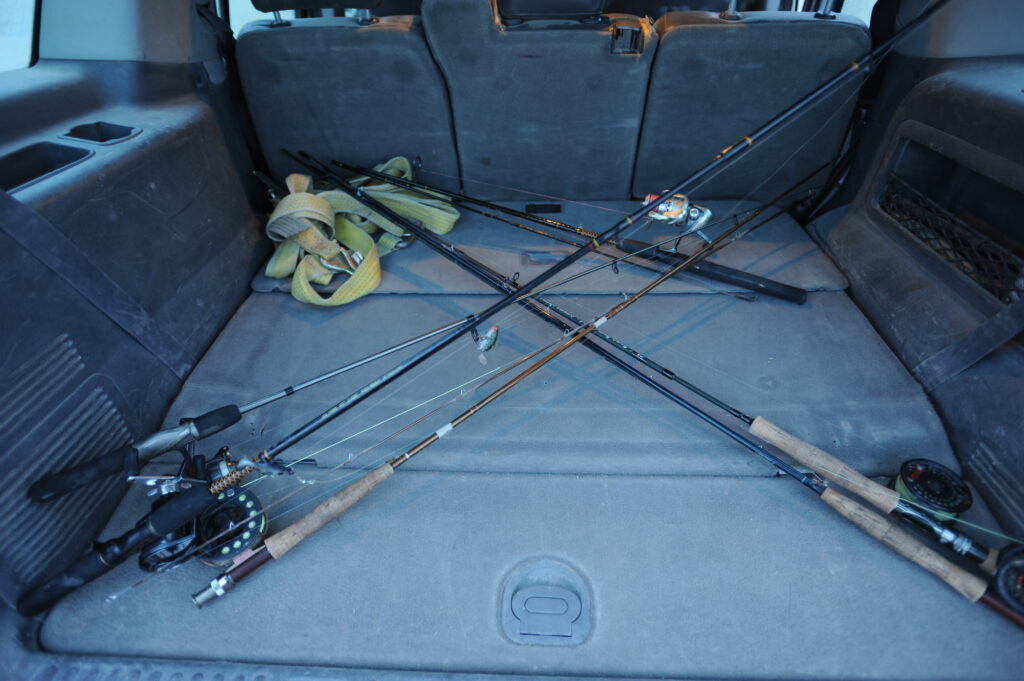
Reels for long-range fishing must withstand extreme pressure and offer smooth, reliable drag systems that won’t fail during extended fights. Two-speed lever drag reels have become the standard for offshore expeditions, allowing anglers to shift between high gear for quick retrieval and low gear for additional cranking power when fighting large fish. Before your trip, completely disassemble and clean your reels, applying high-quality marine grease to all moving parts and bearings. Pay special attention to drag washers, ensuring they’re in excellent condition and properly lubricated to provide consistent pressure throughout prolonged battles. For multi-day trips, consider bringing backup reels or, at a minimum, a comprehensive repair kit including spare parts like handles, drag washers, and springs. Most experienced anglers recommend having at least one reel for each line class you plan to fish (20, 30, 40, 60, and possibly 80-pound test).
Line Selection and Preparation Strategies

Proper line selection is crucial for long-range success, with most anglers opting for a combination of monofilament, fluorocarbon, and braided lines depending on target species and fishing techniques. High-quality monofilament in the 2040-pound range serves as a versatile mainline for medium action fishing, while braided line (50-100-pound test) provides the strength and capacity needed for targeting larger species at extreme depths. Before your trip, spool all reels with fresh line, as old line that has been exposed to UV rays and saltwater will have significantly reduced breaking strength. For fluorocarbon leaders, pre-tie several lengths ranging from 20-100 pounds and store them in labeled bags or leader wallets to save time on the water. Many experienced long-rangers also prepare several complete spare spools with line already loaded, allowing for quick replacement if a reel gets stripped during a fight with a powerful fish.
Essential Terminal Tackle and Hardware
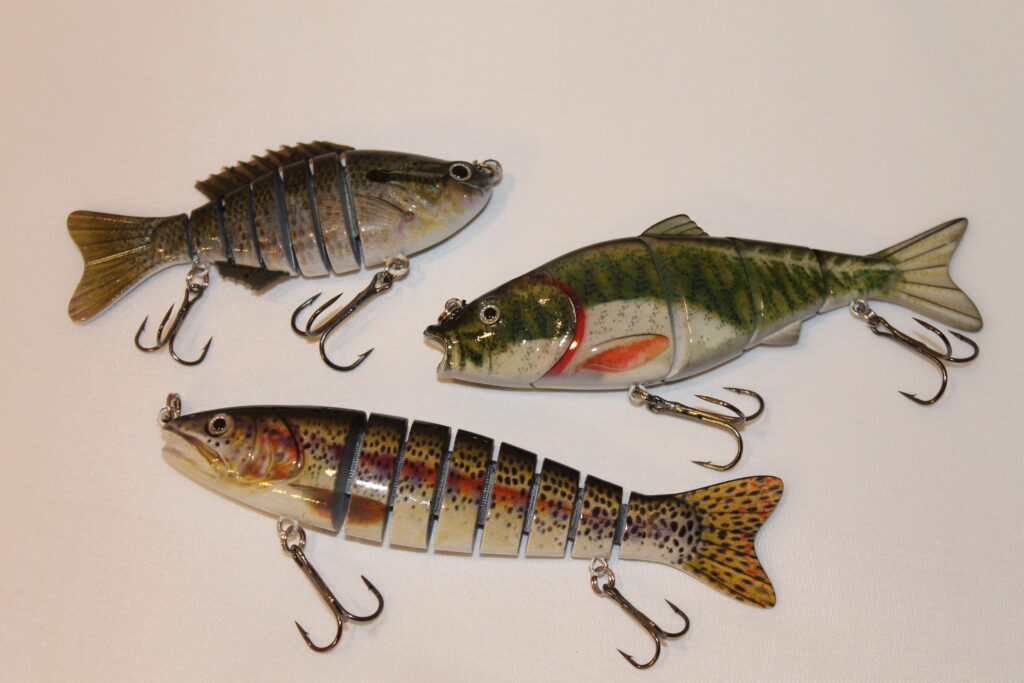
Terminal tackle requires particular attention when preparing for long-range trips, as these small components can make or break your success. Bring an assortment of hooks ranging from small #4 sizes for bait fishing up to 8/0 or larger for targeting trophy species, ensuring each is chemically sharpened and corrosion-resistant. Circle hooks have become increasingly popular for offshore fishing as they typically hook fish in the corner of the mouth, reducing deep hooking and improving catch-and-release survival. Invest in premium swivels, split rings, and connectors rated well above your line test to prevent failures at critical moments. For sinkers and weights, bring various sizes from 1/2 ounce to 16 ounces to handle different current conditions and depths. Store all terminal tackle in waterproof containers with silica gel packets to prevent rust and corrosion during the humid conditions typically encountered on offshore vessels.
Lure Selection for Different Species and Conditions
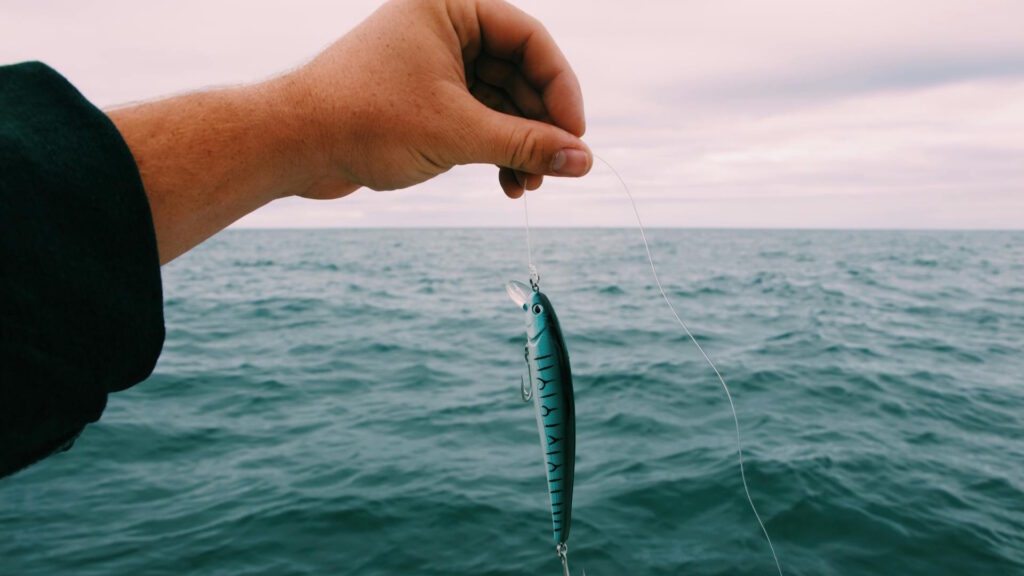
A strategically selected lure collection allows you to adapt to changing conditions and target various species throughout your long-range adventure. For trolling, pack a variety of skirted lures, diving plugs, and cedar plugs in colors ranging from natural baitfish patterns to high-visibility options like pink, orange, and chartreuse. Jigging has become increasingly popular on long-range trips, so include a selection of knife jigs (100-300 grams) in chrome, blue/silver, and glow patterns for deep-water applications. Surface irons and poppers in the 4-8 ounce range are essential for yellowtail, tuna, and dorado when they’re feeding near the surface. Rather than bringing every lure you own, research your specific destination and target species, then focus on packing proven producers in multiple sizes and colors. Many charter operations will provide pre-trip guidance about the most effective lures for current conditions at your destination.
Organizing Your Tackle for Efficiency
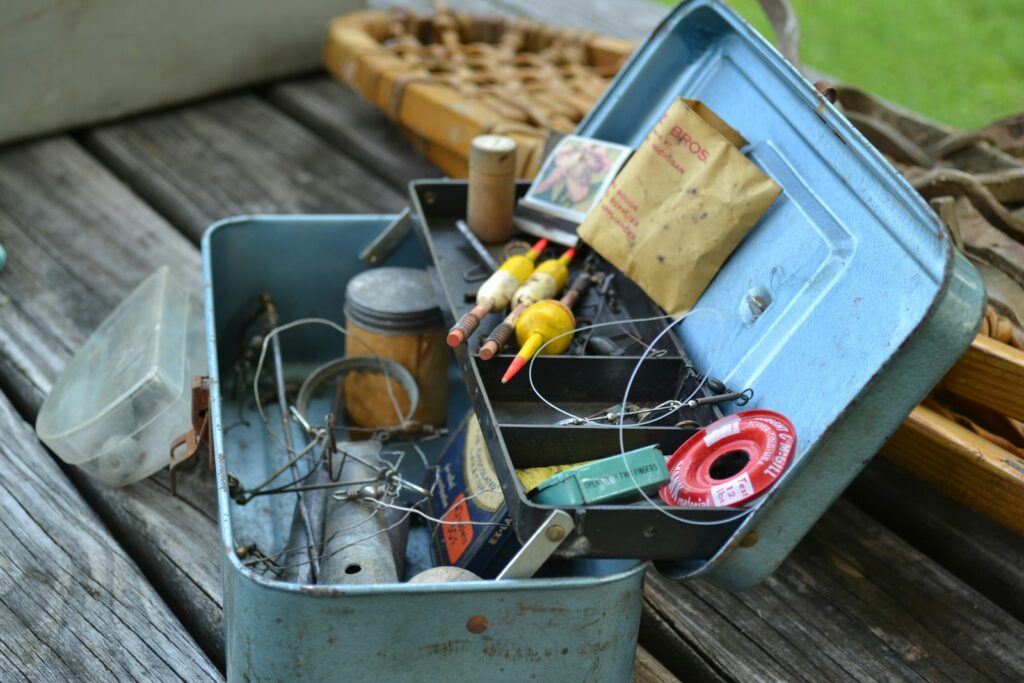
Efficient organization is critical when fishing on a long-range vessel where space is limited and conditions can change rapidly. Invest in a waterproof tackle bag with multiple compartments and clear plastic utility boxes that allow you to quickly identify contents without opening each container. Organize lures by type and size rather than by species, making it easier to locate alternatives when changing tactics. For terminal tackle, pre-rigging leader systems save valuable fishing time and reduce frustration when conditions are prime. Label everything clearly with waterproof markers or tags, including line weights and hook sizes, to avoid confusion when fishing in low light or hurried situations. Consider creating dedicated “kits” for specific fishing scenarios (such as surface fishing, deep jigging, or bait fishing) that contain everything needed for that particular technique in one grab-and-go container.
Protecting Your Investment with Proper Storage
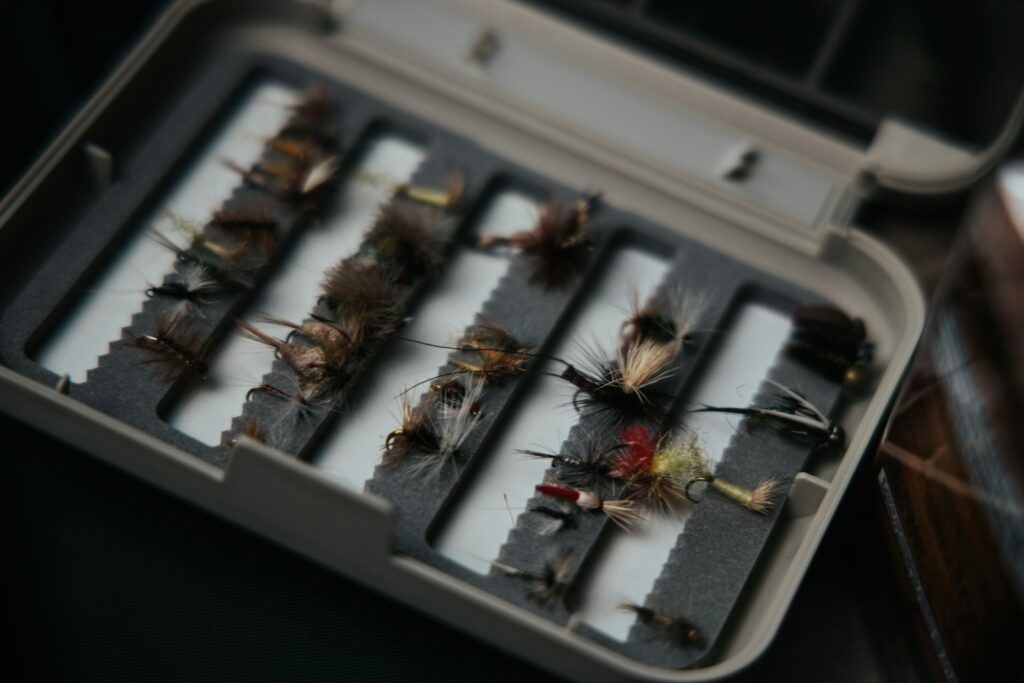
Long-range fishing tackle represents a significant investment that requires proper protection throughout your journey. Hard-sided rod tubes prevent damage during transportation to and from the vessel, while neoprene reel covers shield reels from saltwater spray and accidental impacts. When storing tackle on the boat, utilize designated rod holders and secure reels with reel covers whenever not in use. Between fishing sessions, always rinse your gear with fresh water (available on most long-range vessels) and apply a light coat of corrosion inhibitor to metal components. Expensive electronic equipment like fish finders or cameras should be stored in waterproof, padded cases with silica gel packets to absorb moisture. Many experienced anglers also bring microfiber towels specifically for drying equipment and keeping work surfaces clean when rigging or maintaining tackle during the trip.
Specialized Tools for Offshore Success
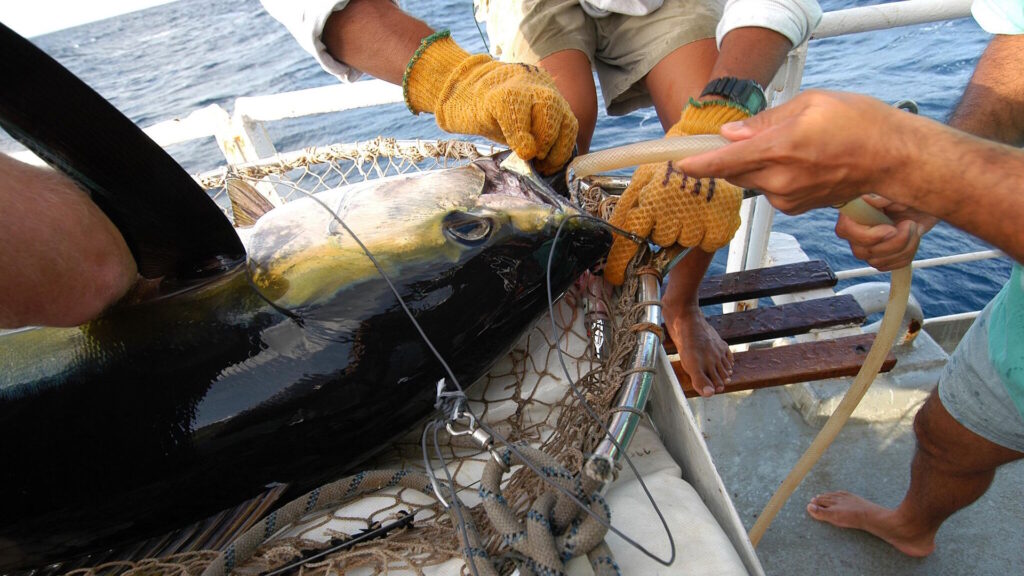
Beyond basic fishing tackle, several specialized tools can significantly improve your efficiency and success on long-range trips. A quality pair of aluminum or titanium fishing pliers with carbide cutters can handle heavy leader material and remove deeply embedded hooks. Dedicated crimping tools are essential if you’ll be using crimps for connecting heavy monofilament or creating wire leaders. A sharp knife with a serrated edge handles cutting bait and processing catches, while a hook removal tool allows for safer handling of toothy species. Digital scales accurately record your catches, and a small waterproof headlamp proves invaluable during pre-dawn fishing or night sessions. Store these tools in a dedicated belt or pouch that can be quickly accessed when needed, and consider attaching retractable lanyards to prevent accidental loss overboard—replacements won’t be available until you return to shore.
Bait Preparation and Presentation Techniques
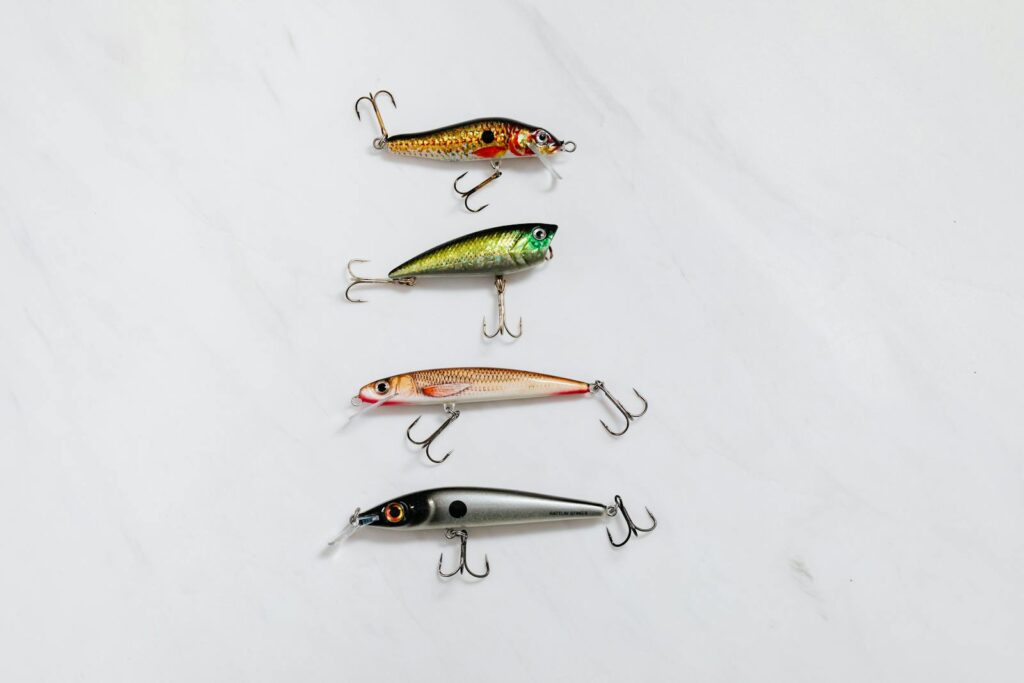
While most long-range vessels provide bait, understanding how to properly rig and present it dramatically increases your chances of success. Practice rigging techniques before your trip, focusing on nose-hooking live baits to maximize their swimming action and longevity. For larger baits like mackerel or skipjack used when targeting trophy tuna, learn proper bridling methods that allow for natural presentation without impeding the bait’s movement. Bring specialized bait needles, waxed floss, and rubber bands for creating various bait rigs tailored to specific target species. Some experienced anglers also bring bait-making materials like colored vinyl skirts and Mylar to customize jigs and lures based on what’s working during the trip. Understanding different hooking positions—such as nose, collar, or belly hooks—for various bait species allows you to adapt your presentation based on the behavior of your target fish.
Maintenance Routines During the Trip

Maintaining your tackle throughout your long-range trip is essential for consistent performance. Establish a daily maintenance routine that includes thoroughly rinsing all equipment with fresh water, checking guides for nicks or damage, and inspecting the line for abrasions or weak spots. After each fishing session, wipe down rods and reels with a cloth dampened with fresh water, paying special attention to reel seats and areas where salt accumulates. Apply a light coat of corrosion inhibitor to exposed metal parts, particularly reel spools, bail mechanisms, and hook hangers. Many long-range vessels have designated cleaning stations with freshwater hoses, so take advantage of these facilities after each fishing session. For reels that receive heavy use, consider a mid-trip service that includes opening the side plate, cleaning out salt crystals, and reapplying lubricant to key components.
Customizing Tackle for Target Species
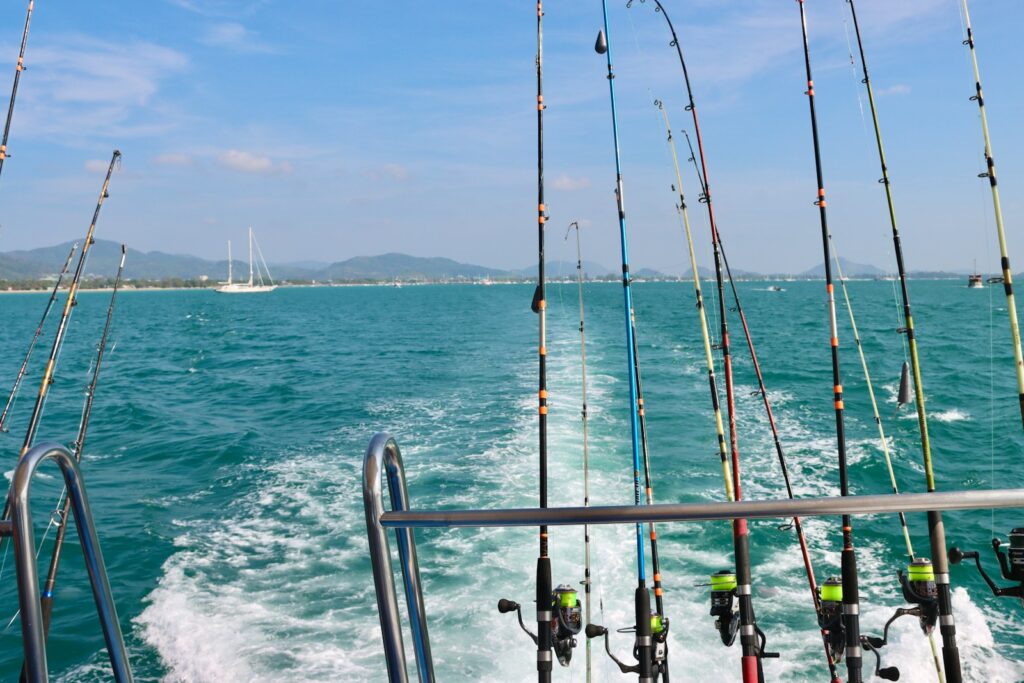
Different target species require specialized tackle setups to maximize your chances of success on long-range trips. For yellowfin tuna, fluorocarbon leaders in the 40-80 pound range connected to strong circle hooks are standard, while wahoo often require wire leaders to prevent bite-offs from their razor-sharp teeth. Dorado respond well to fluorocarbon leaders in the 30-50 pound range with J-hooks for bait presentation or treble hooks when using artificial lures. When targeting billfish like marlin or sailfish, specialized circle hooks that meet conservation requirements are essential, along with heavier 80-130-pound leaders that can withstand their powerful runs and acrobatic jumps. Research the primary species at your destination and prepare specialized rigs for each, storing them in labeled bags that can be quickly accessed when specific opportunities arise. This targeted approach significantly increases your hook-up ratio compared to using generic tackle for all species.
Emergency Repairs and Backup Plans
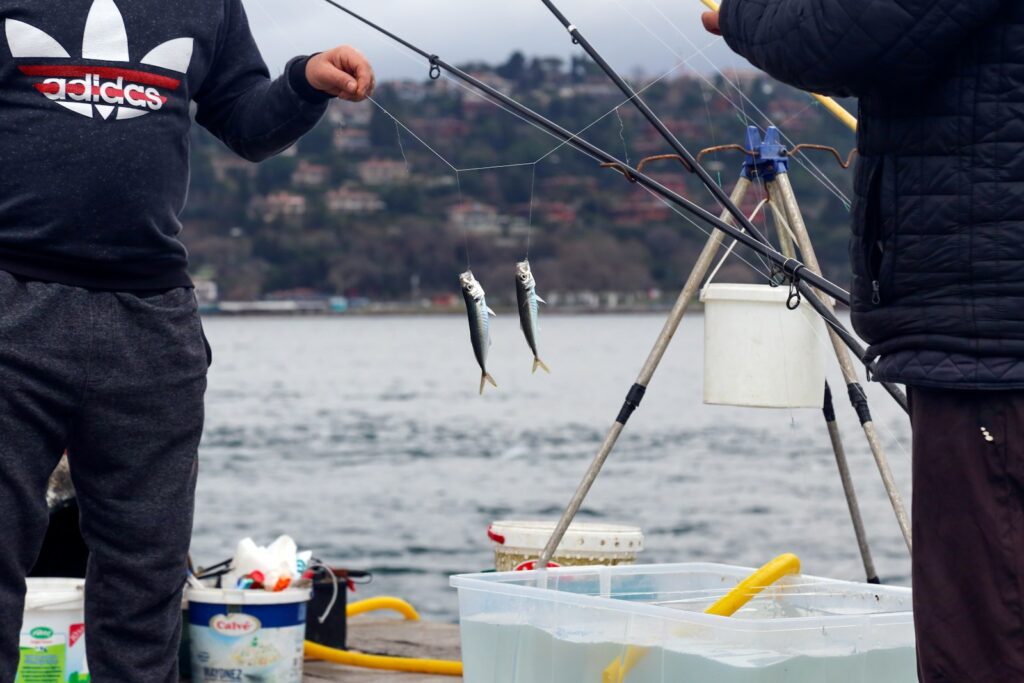
Despite careful preparation, equipment failures can still occur during extended offshore trips, making backup plans and repair capabilities essential. Pack a comprehensive tackle repair kit including items like spare guides, tip-tops, ferrule cement, two-part epoxy, electrical tape, and heat shrink tubing for emergency rod repairs. For reels, bring spare handles, drag washers, side plates, and common screws that might be lost or damaged. Consider learning basic rod and reel repair techniques before your trip, as this knowledge can save a favorite setup from becoming unusable during prime fishing opportunities. Many experienced anglers follow the “two is one, one is none” philosophy, bringing duplicate equipment for critical items like their primary tuna setup. Additionally, familiarize yourself with what’s available in the boat’s tackle shop (most long-range vessels maintain one) and what might be borrowed from crewmembers in emergencies.
Final Checklist Before Departure
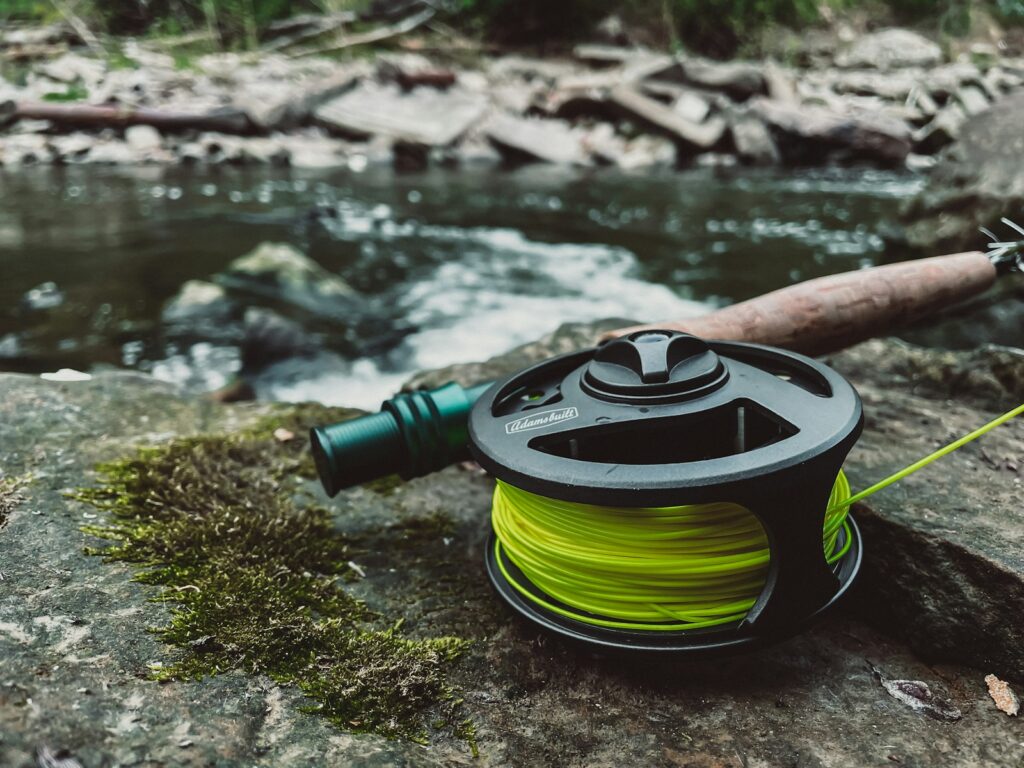
In the days leading up to your long-range adventure, conduct a methodical review of all your tackle to ensure nothing is overlooked. Test each rod and reel combination by applying substantial pressure to identify any potential weaknesses before you’re fighting a trophy fish. Verify that all drags operate smoothly throughout their range and that reel handles are secure with no wobble or play. Inspect the line, particularly knot connections, for any signs of wear or damage. Count and organize hooks, weights, and other terminal tackle to confirm you have sufficient quantities for the duration of your trip. Review special regulations or equipment requirements for your specific destination, particularly regarding hook types or tackle configurations for catch-and-release species. Finally, create a detailed inventory list of everything you’re bringing, which helps identify anything forgotten and serves as documentation for insurance purposes in case of loss or damage.
Conclusion
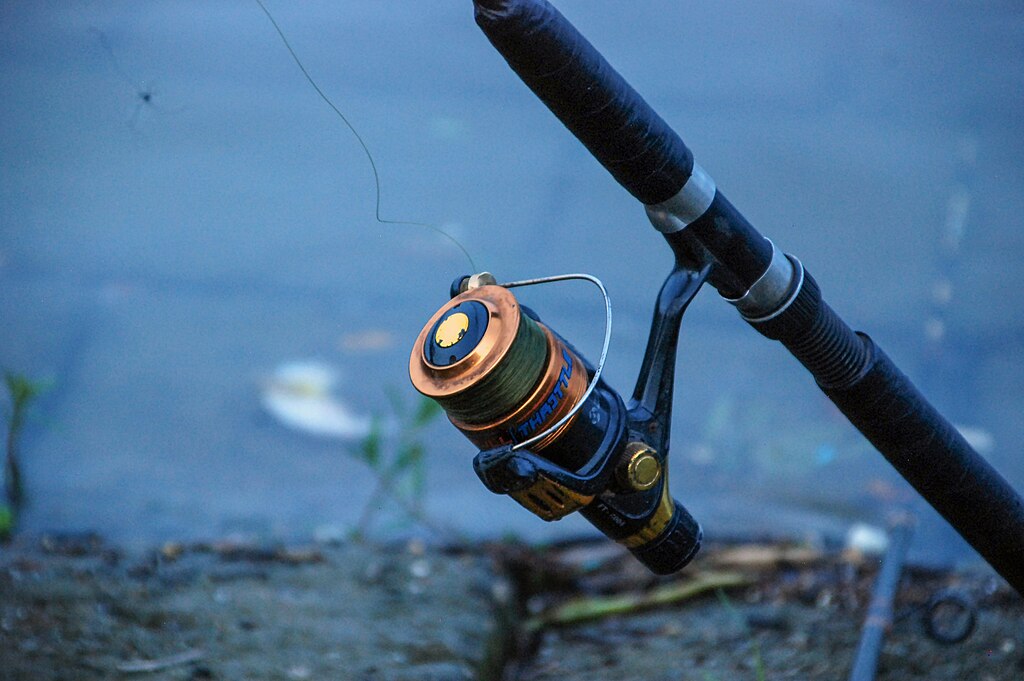
Preparing tackle for a long-range fishing charter requires methodical planning, knowledge of your target species, and attention to detail. The investment of time in properly selecting, organizing, and maintaining your gear before departure pays dividends when you’re hundreds of miles offshore with trophy fish on the line. By following these comprehensive guidelines, you’ll be well-equipped to handle whatever challenges and opportunities arise during your long-range adventure. Remember that even the most meticulously prepared tackle only complements the most important elements of successful fishing: patience, observation, and the willingness to learn from experienced crew members and fellow anglers. With proper preparation and the right mindset, your long-range fishing experience has the potential to provide memories—and catches—of a lifetime.
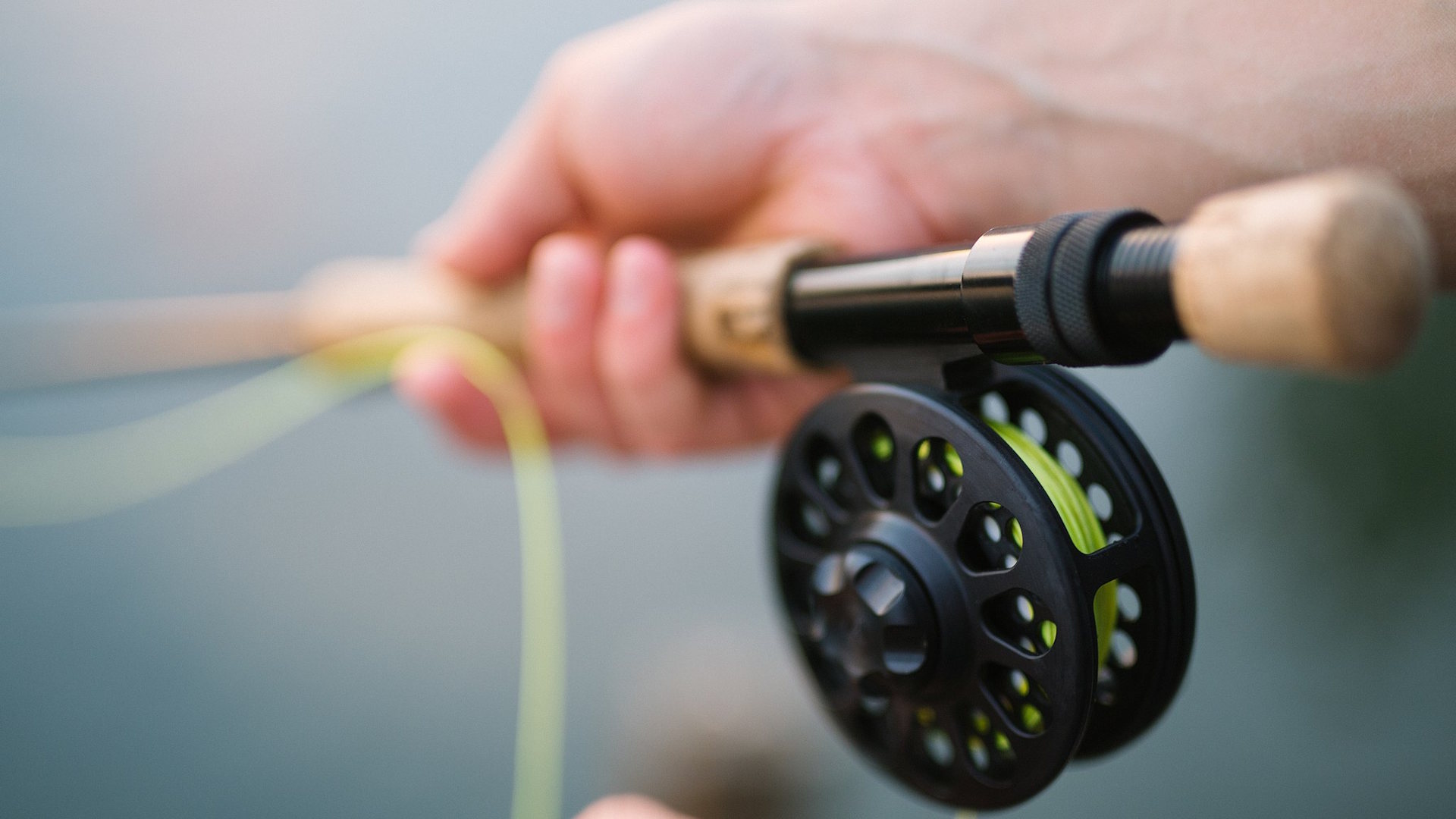













Post Comment